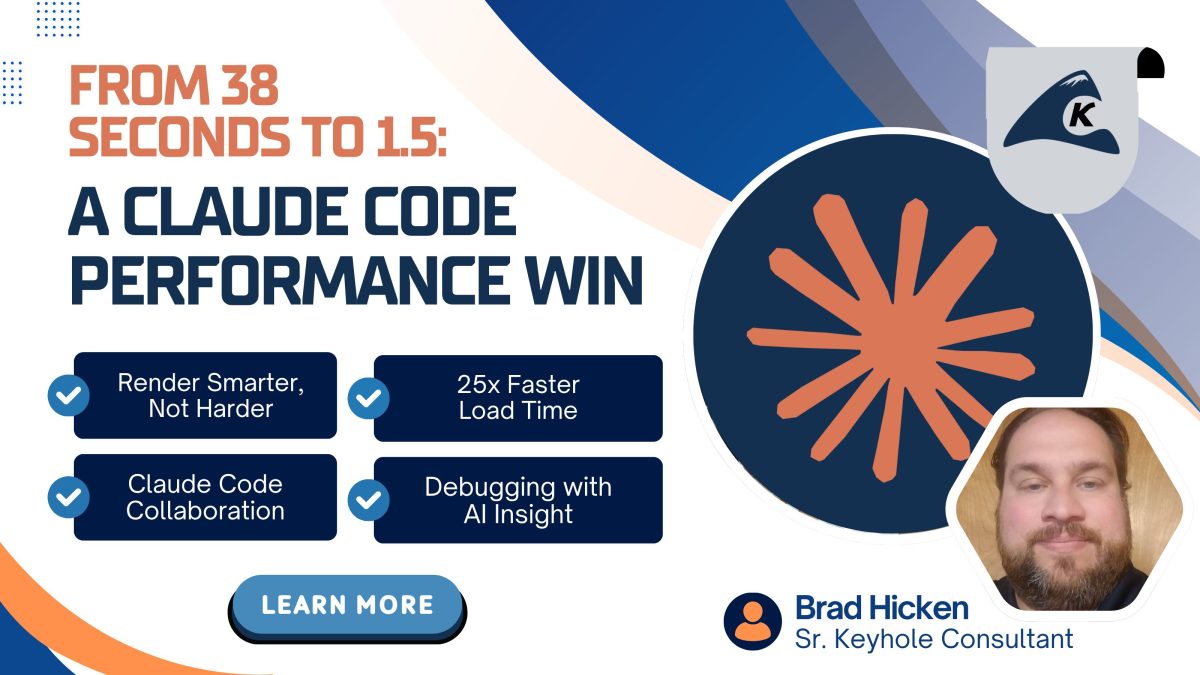A sluggish ASP.NET page with 3,850 checkboxes was taking 38 seconds to load. By collaborating with Claude Code and shifting to client-side rendering, load times dropped to just 1.5 seconds — a 25× performance boost. Here’s how AI-assisted refactoring transformed the page and the development process.
AI in Coding: Using ChatGPT and Copilot to Build JavaScript Animations
Artificial intelligence isn’t just changing how we write code—it’s transforming how we think about creativity in development. In this post, I revisit the playful spirit of early programming through a series of AI-assisted experiments using ChatGPT, GitHub Copilot, and JavaScript Canvas on CodePen. Along the way, I uncover practical lessons for developers on using AI to accelerate learning, inspire exploration, and rekindle the joy of creative coding…
How to Implement a Clean Service Layer in Flutter (With API Examples)
This blog walks through building a clean, modular service layer in Flutter to keep mobile apps scalable, maintainable, and resilient to change. Using real examples with third-party APIs, it demonstrates how to abstract logic, structure code for API calls, and easily swap data sources without major rewrites. You’ll also learn strategies like creating request/response classes and centralizing error handling to reduce redundancy and improve code quality.
From Relic to Relevance: COBOL’s 88-Level Fields for Modern Coders
Remember when blockchain was going to change everything? Now AI is the trend dominating every conversation—but some of the most effective programming ideas have been around for decades. This post examines one of COBOL’s lesser-known yet highly practical features: the 88-level field. Far more than a simple boolean, 88-level fields provide a clear, maintainable way to describe data conditions, enforce business rules, and streamline initialization. Through real-world examples, you’ll see how this feature can reduce complexity, eliminate hard-coded values, and make logic more expressive—demonstrating that sometimes proven tools from “old” languages still have lessons worth applying today.
Zellij: The Impressions of a Casual tmux User
Let’s get this out of the way: I love tmux. Gaining the ability to multi-task within the terminal was a monumental productivity boost for me, and if you’ve used it in the past, you probably have similar stories about how it leveled up your workflow. It’s fast, it’s well-supported, and it has a plethora of features you can invoke with just a few keystrokes.
…and personally, I can only remember about a dozen of them.










